Soğanlı Valley, formerly known as Soandós, is a hidden gem nestled in the southeastern part of Cappadocia, Turkey, within the Kayseri Province's Yeşilhisar district. This picturesque valley boasts a rich history dating back to the Byzantine era, when it was inhabited by monks from the 9th to the 13th centuries AD. These monks left behind a legacy of over a hundred intricately carved rock-cut churches and dwellings, many of which are now in various states of preservation, from buried ruins to stable conversions.
At the southeastern end of the valley lies the village of Aşağı Soğanlı ('Lower Soğanlı'), marking the beginning of this archaeological and cultural journey. As the valley extends northwards, it bifurcates into northern and southern sections around the village of Yukarı Soğanlı ('Upper Soğanlı'). Each section offers its own array of architectural marvels carved into the soft tuff stone that defines Cappadocia's unique landscape.
Notable among the valley's treasures is the Tokalı Kilise ('Strap Church'), perched high on a cliff accessible via a steep staircase. Despite the destruction of its frescoes, the church remains a testament to Byzantine craftsmanship. Nearby, the Karabaş Kilisesi ('Church with the Black Heads') stands as a testament to both religious devotion and artistic expression, adorned with frescoes dating back to the 13th century.
The northern branch of the valley hosts the Yılanlı Kilise ('Snake Church'), notable for its barrel-vaulted architecture and the remnants of its faded frescoes. Opposite it, the Kubbeli Kilise ('Domed Church') showcases intricate stone masonry, creating the illusion of a freestanding structure within a fairy chimney. Meanwhile, in the southern valley, the Tahtalı Kilise ('Wood Church') presents visitors with scenes from the New Testament and the unique depiction of the Seven Sleepers of Ephesus, highlighting its historical and religious significance.
Beyond its religious heritage, Soğanlı Valley is also renowned for its agricultural practices, with local residents sustaining themselves through farming and utilizing guano collected from the valley's numerous dovecotes as fertilizer. Despite its cultural richness and historical importance, the valley remains relatively undiscovered by tourists due to its remote location and lack of public transportation links.
In essence, Soğanlı Valley stands as a testament to the enduring legacy of Byzantine art and architecture in Cappadocia, inviting visitors to explore its hidden churches, marvel at its natural beauty, and immerse themselves in its rich historical tapestry.

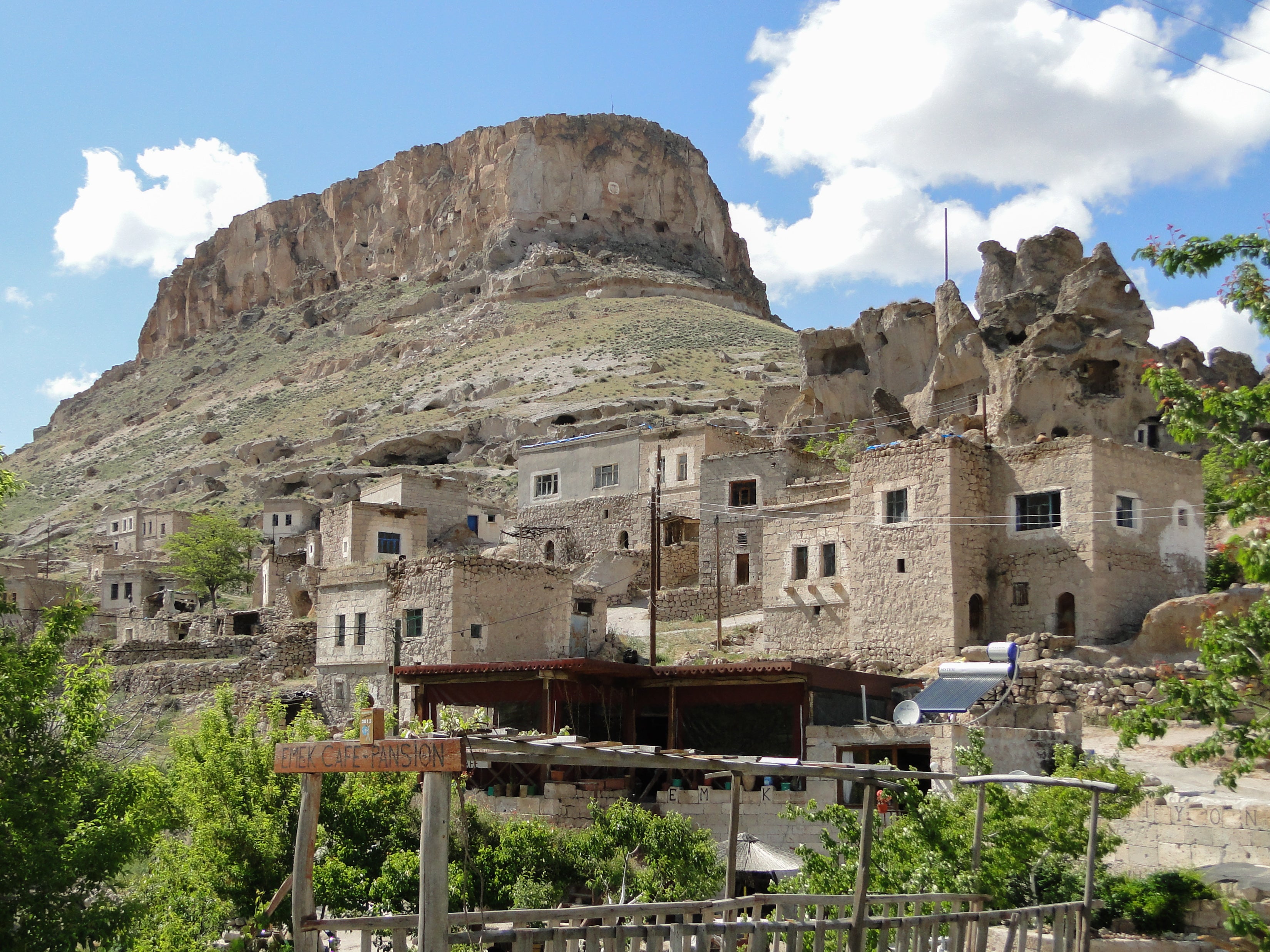
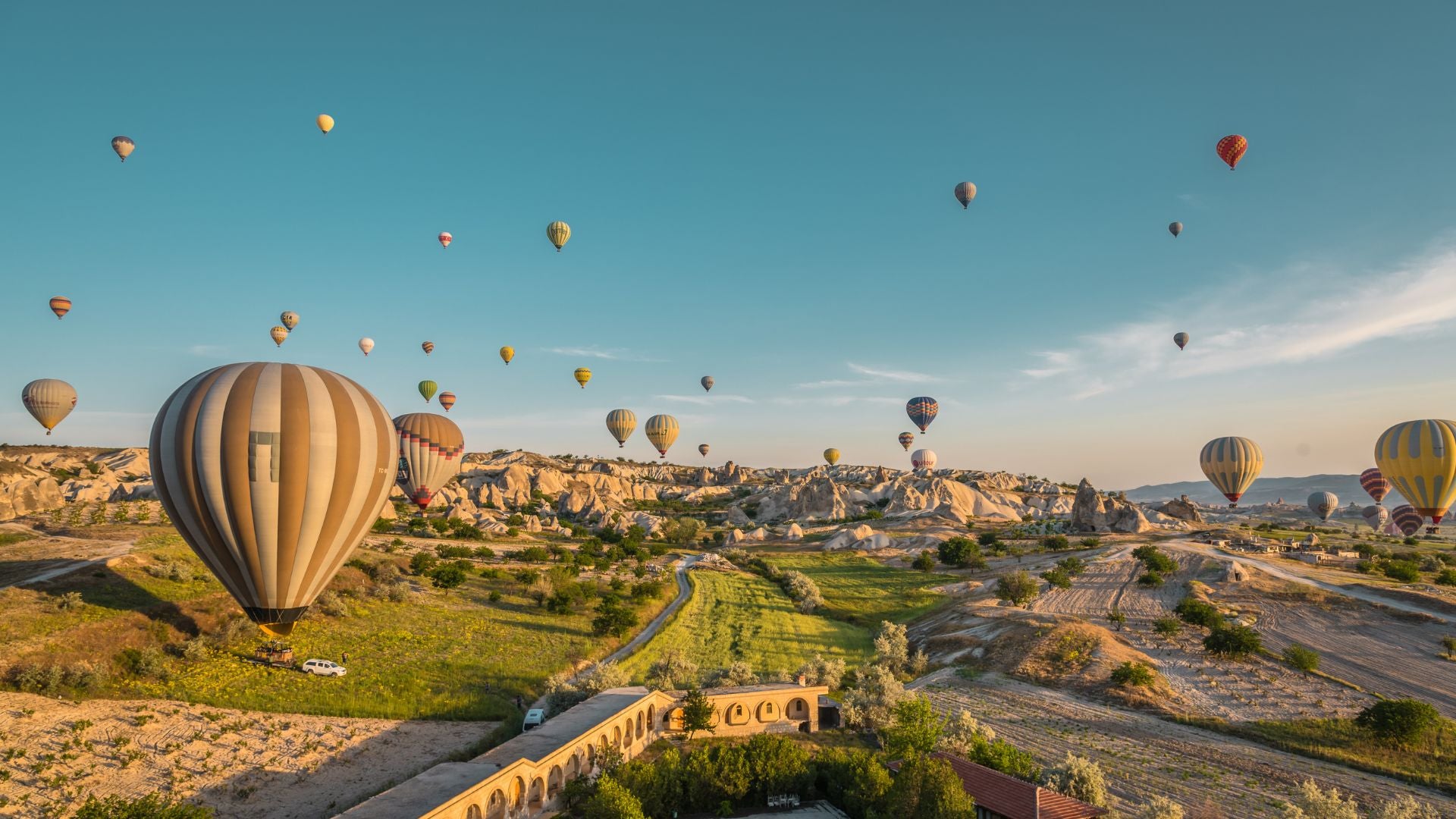




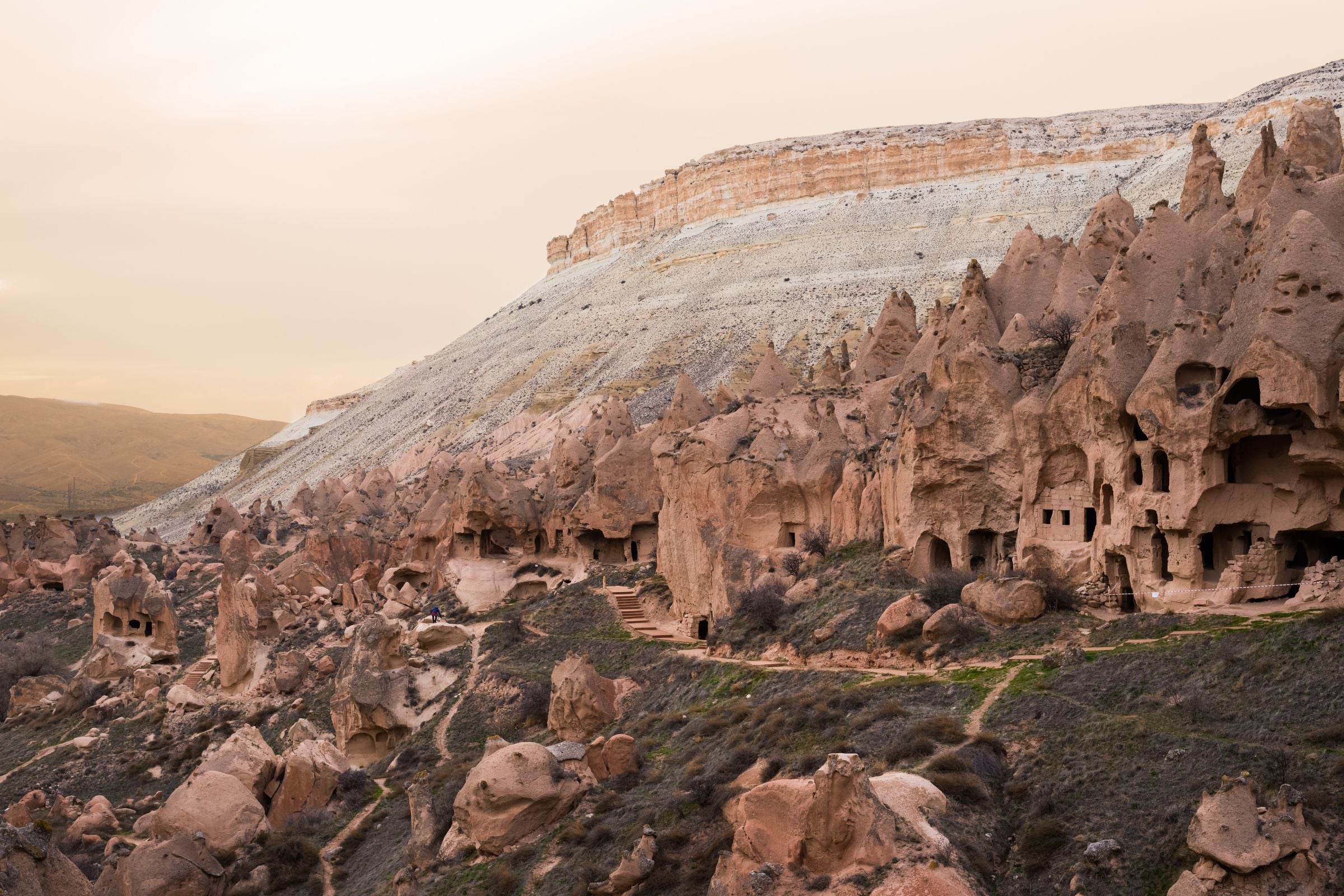
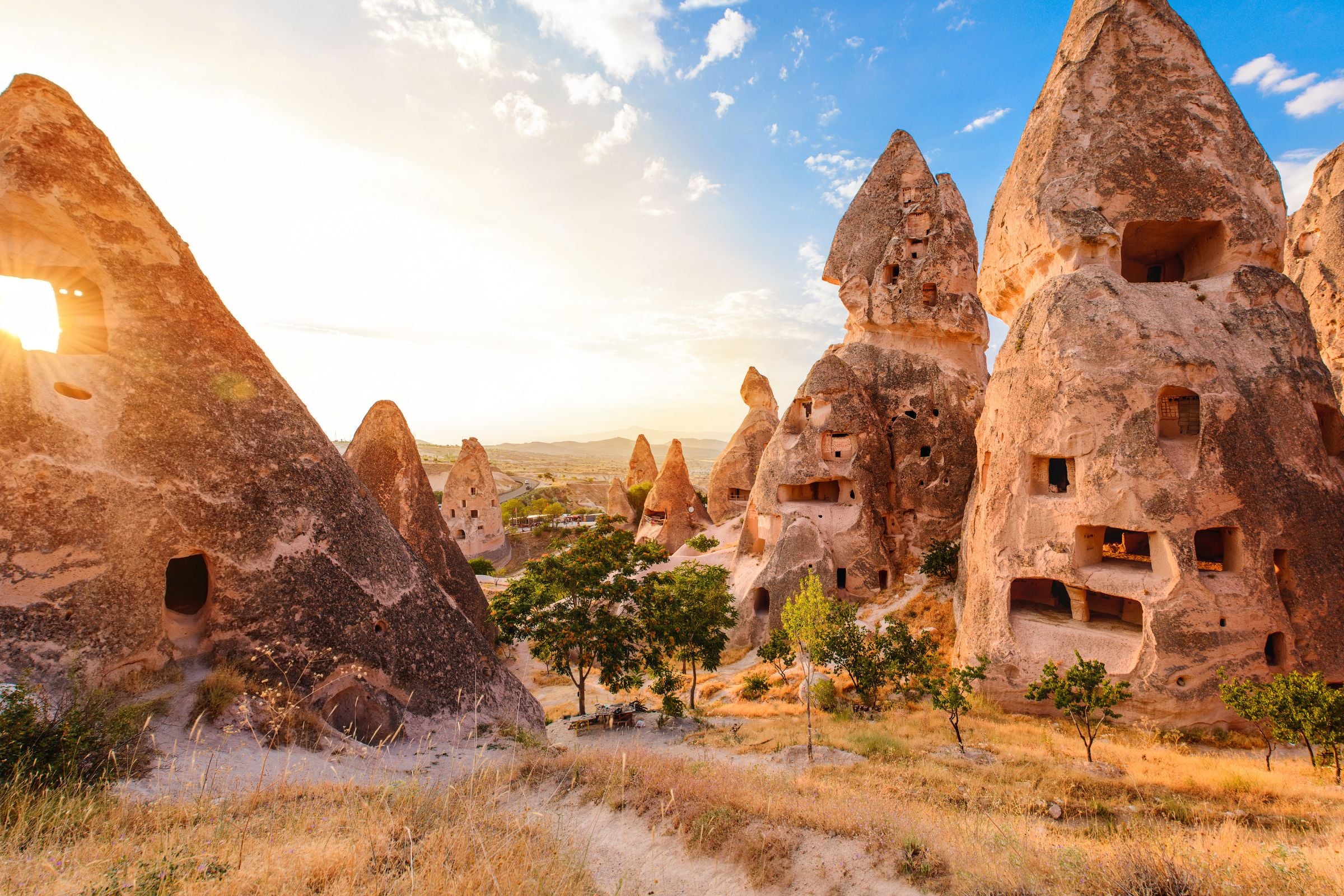
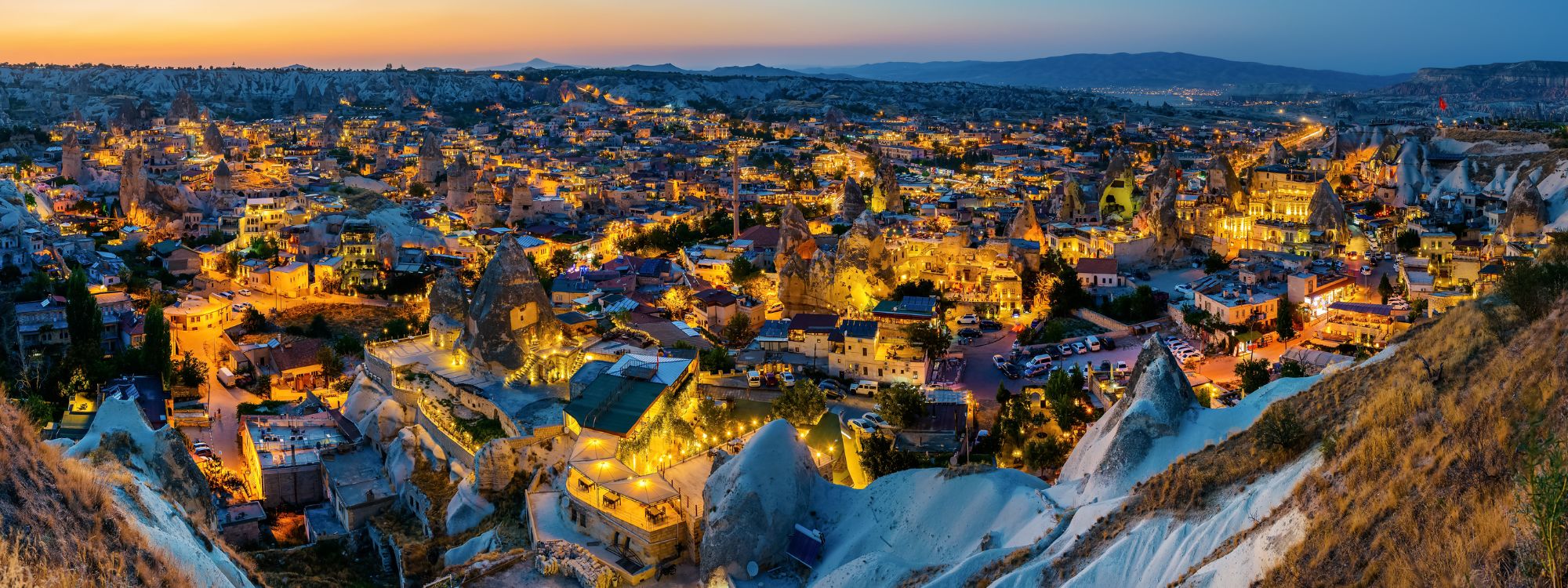


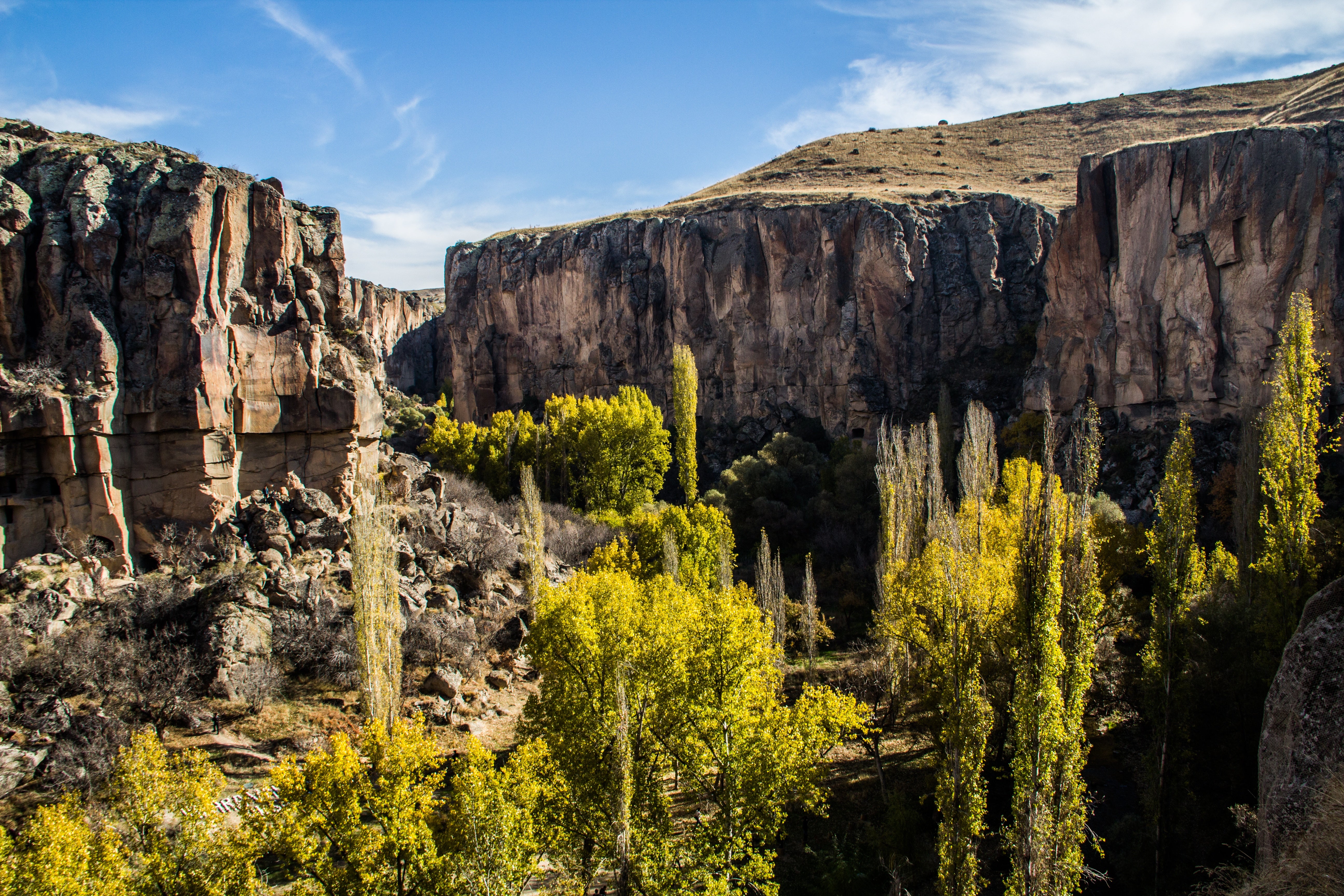


Share:
About Ihlara Valley
Cappadocia: Early Christian and Byzantine Periods